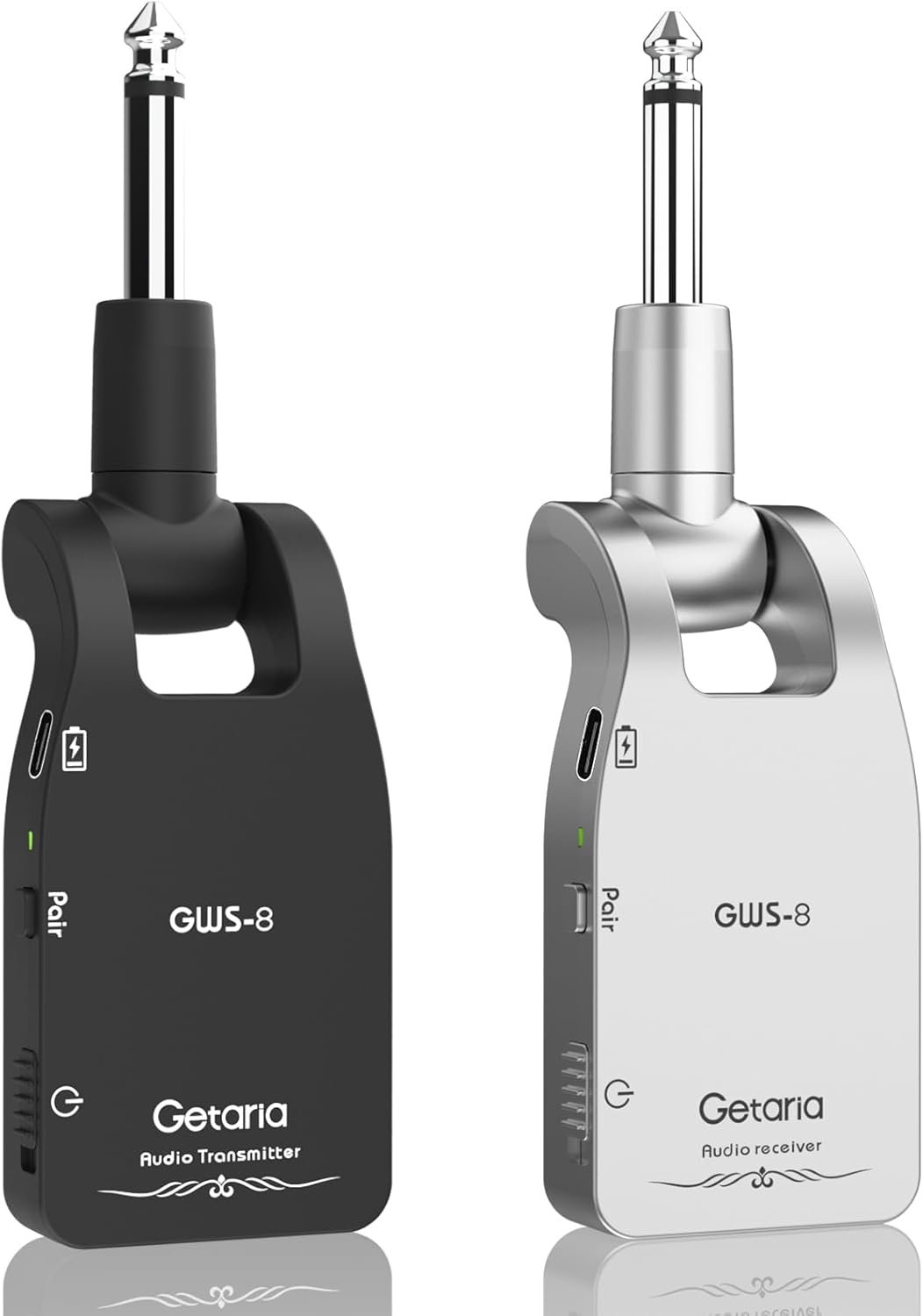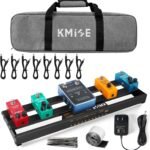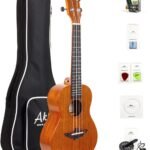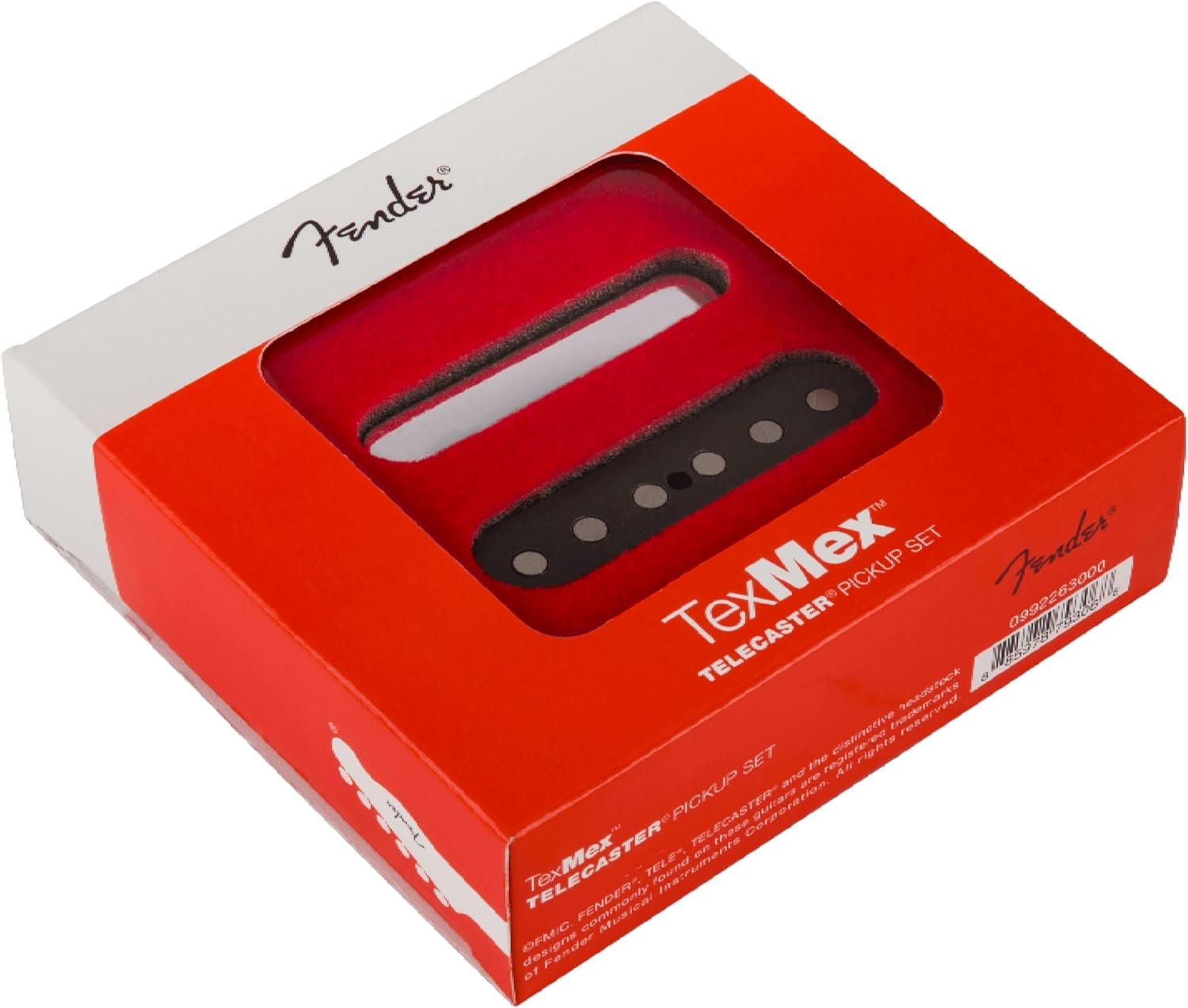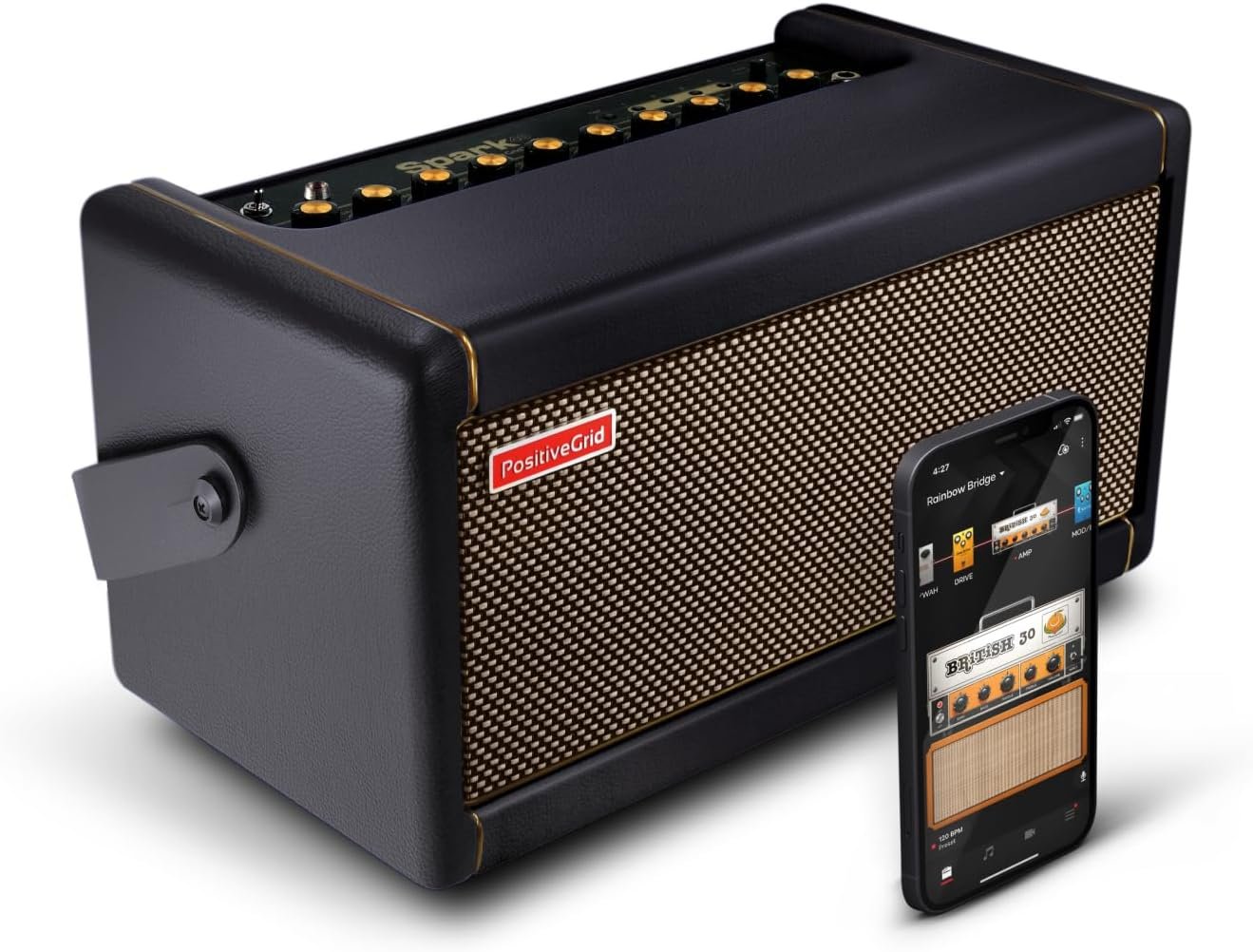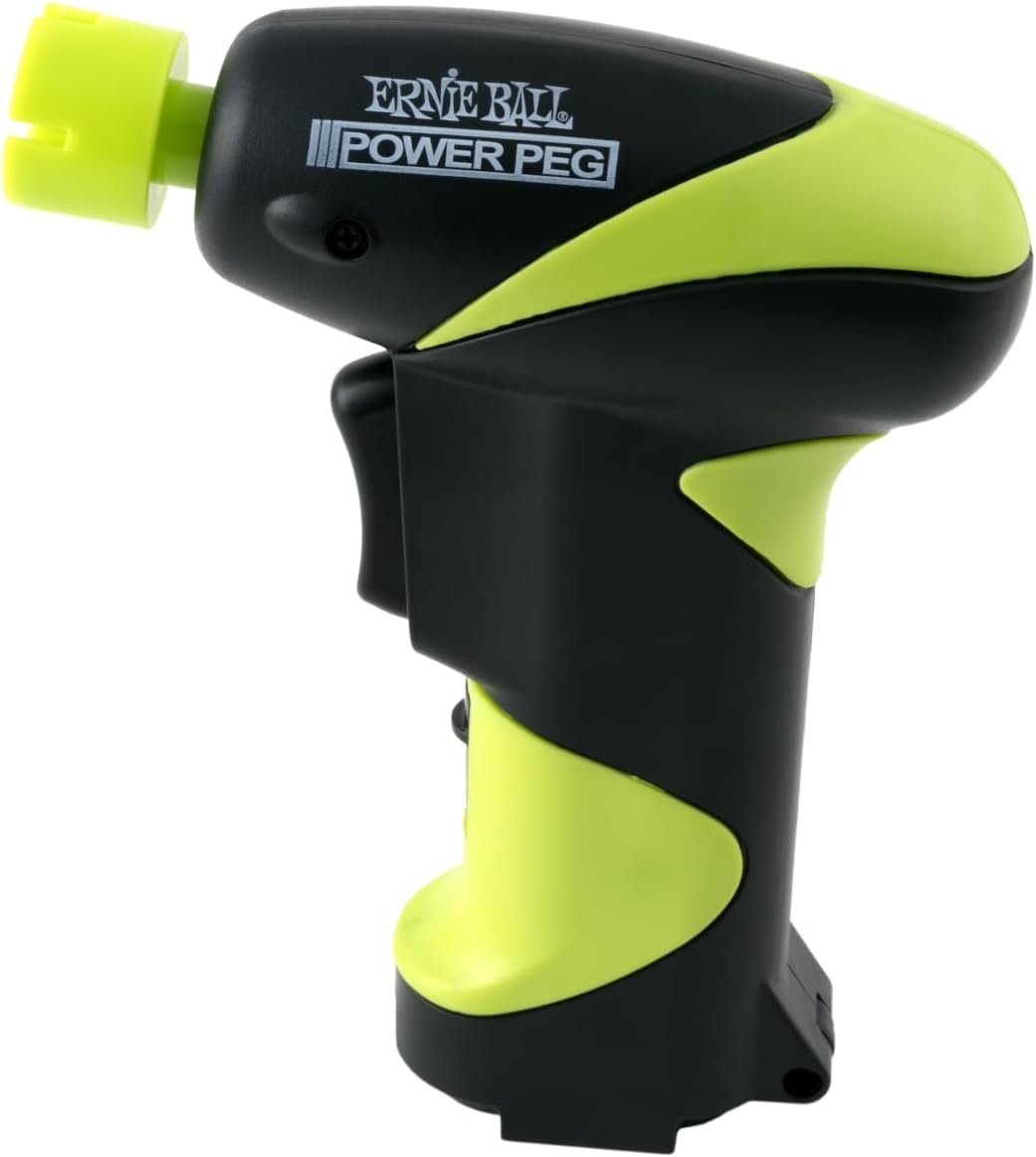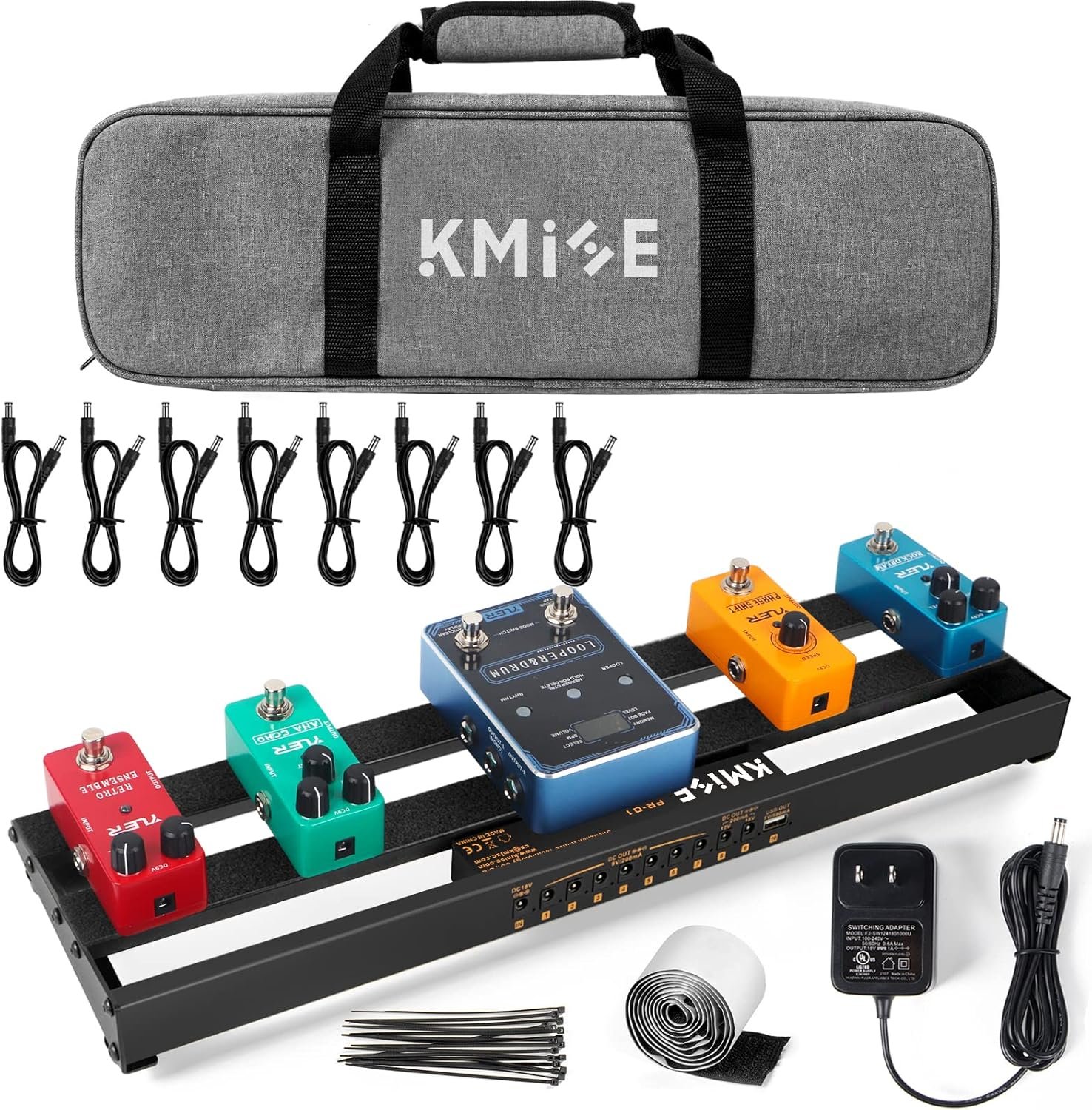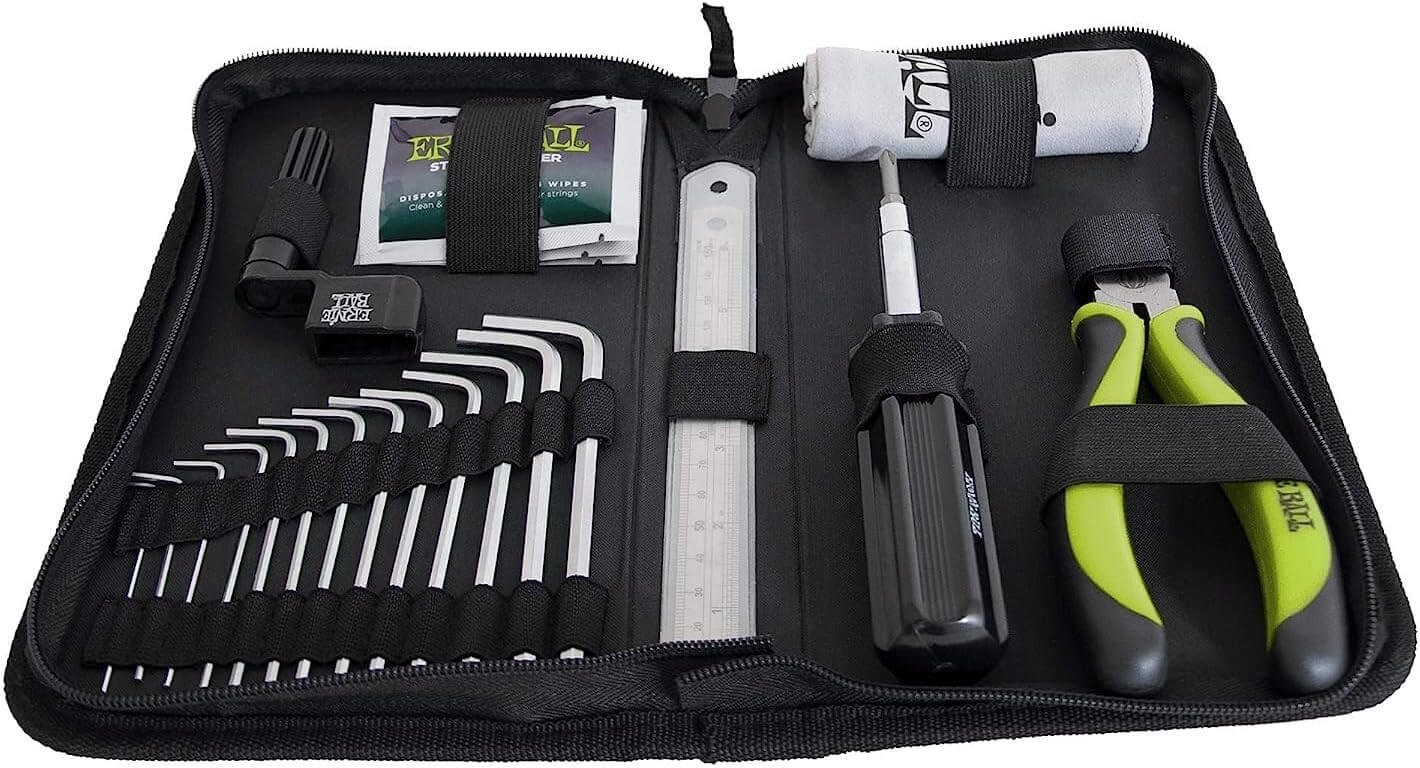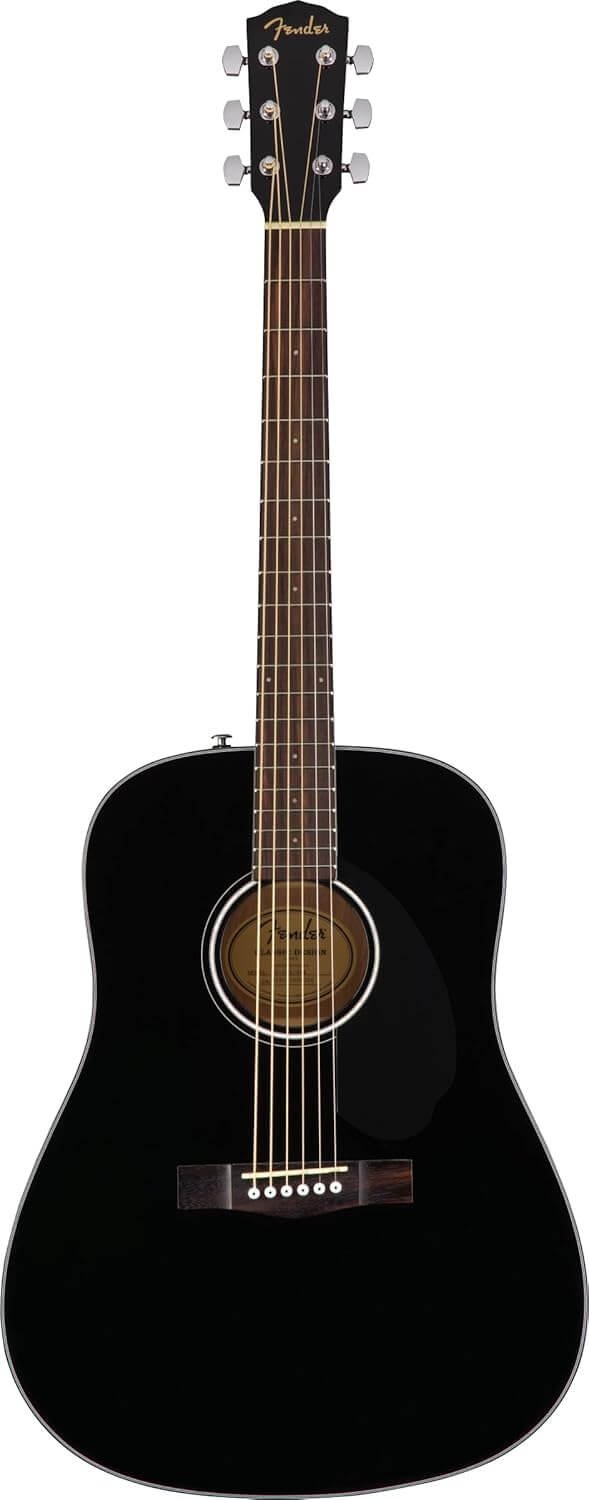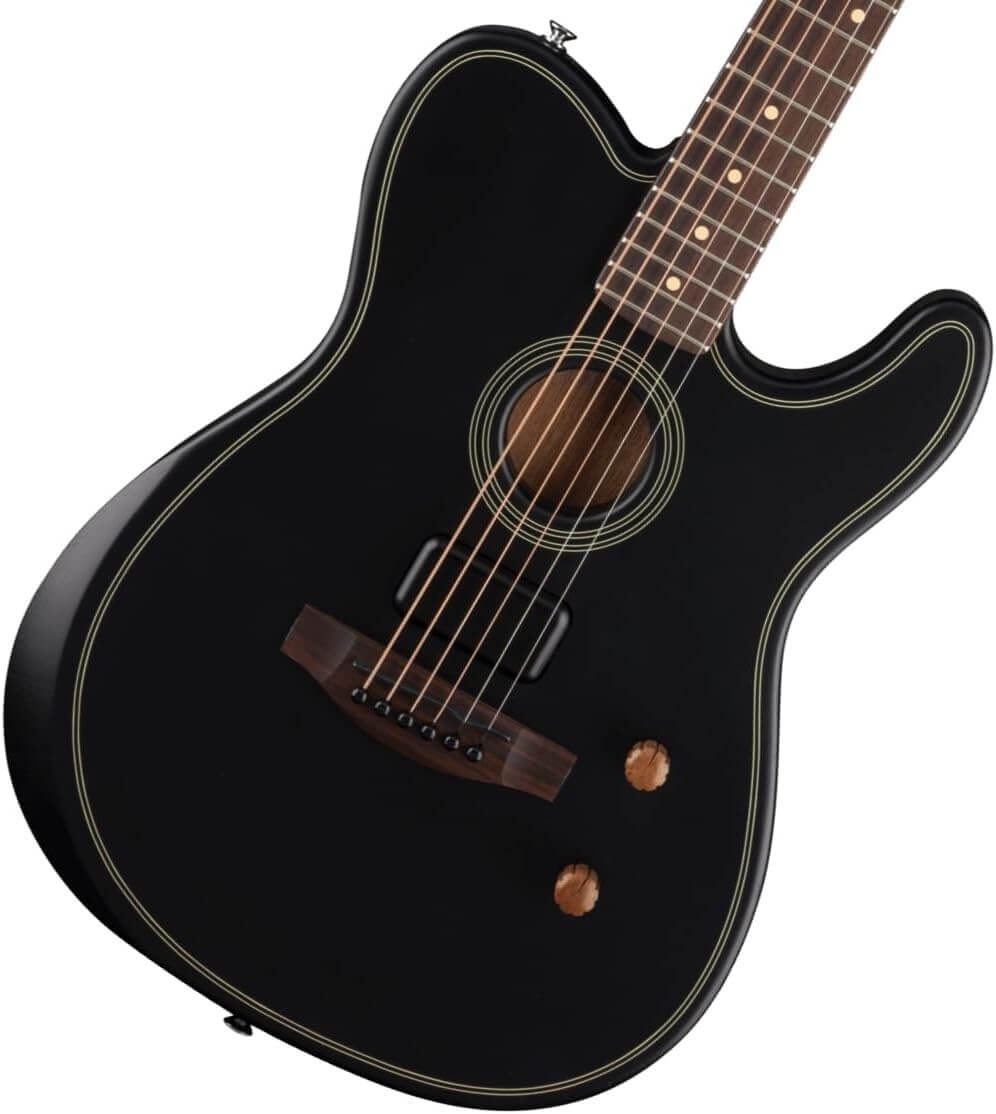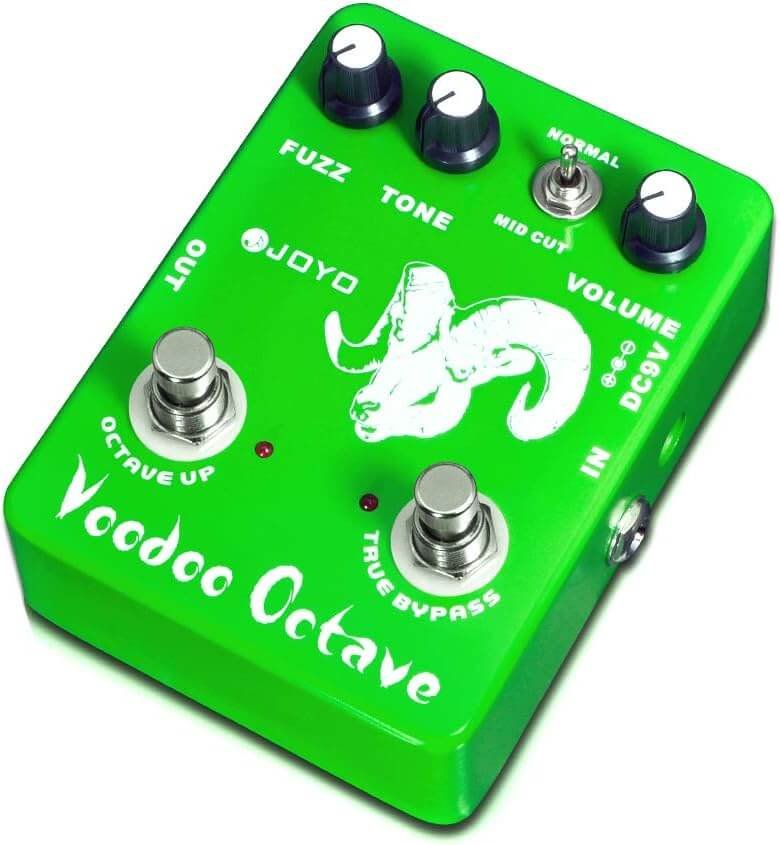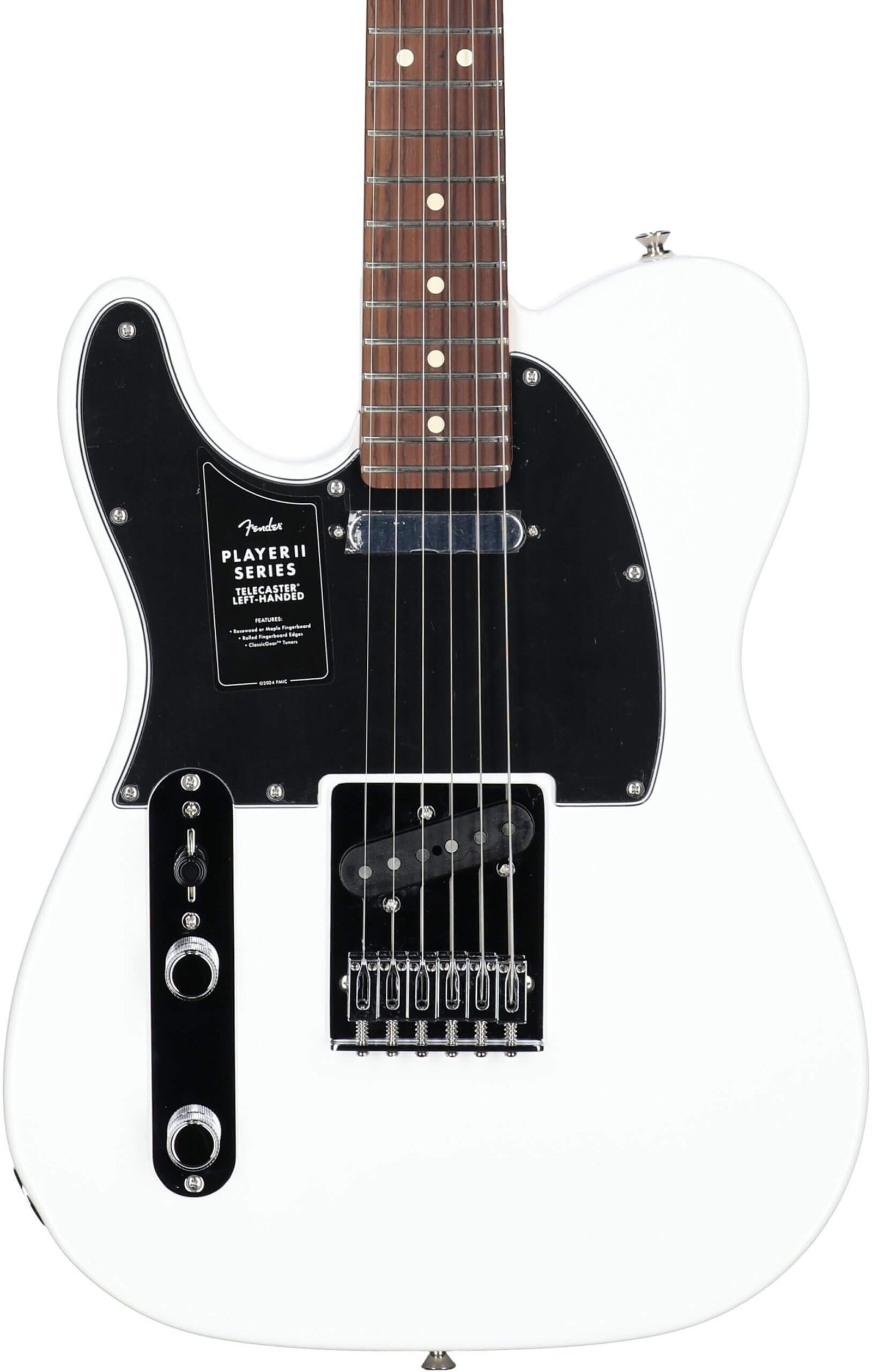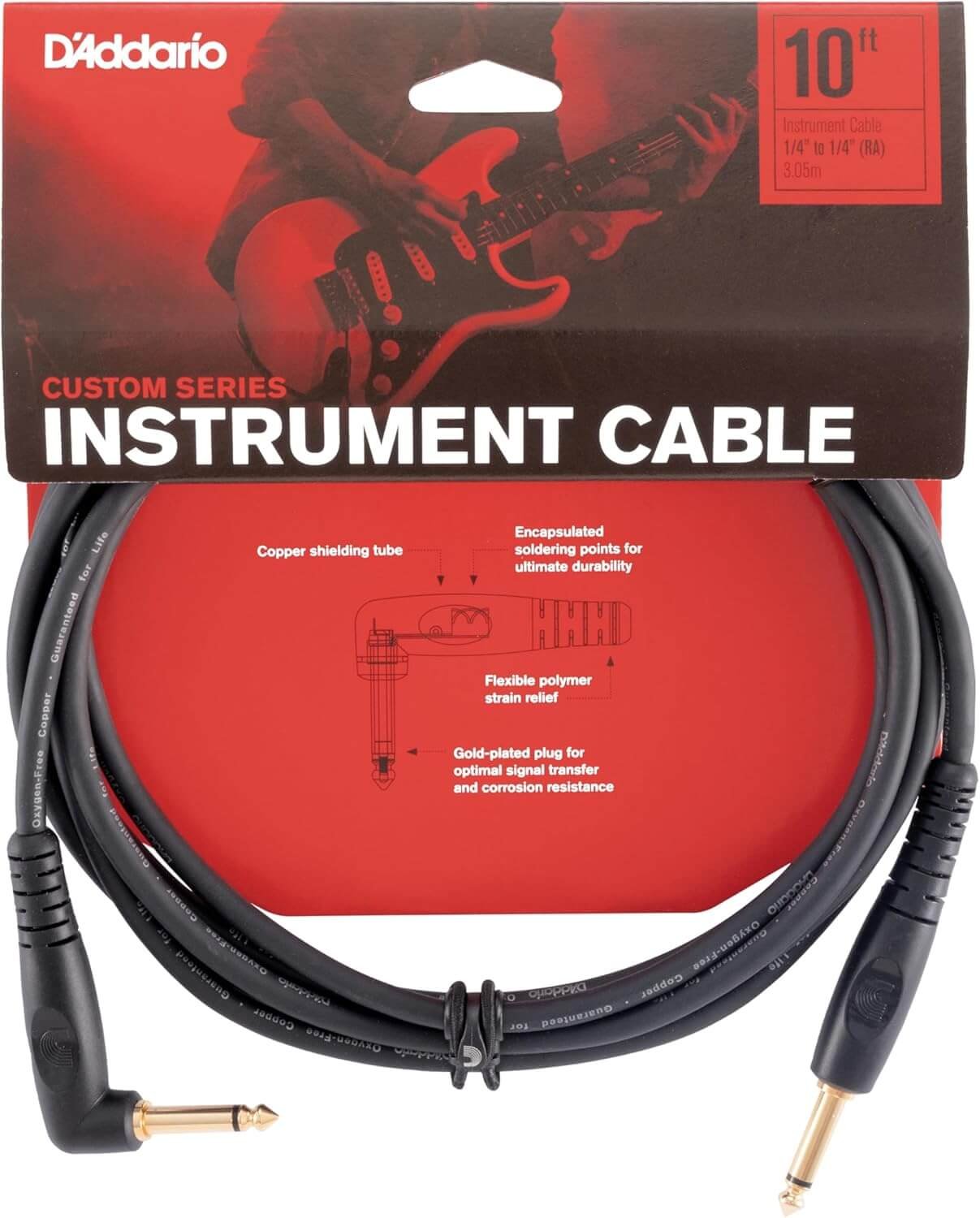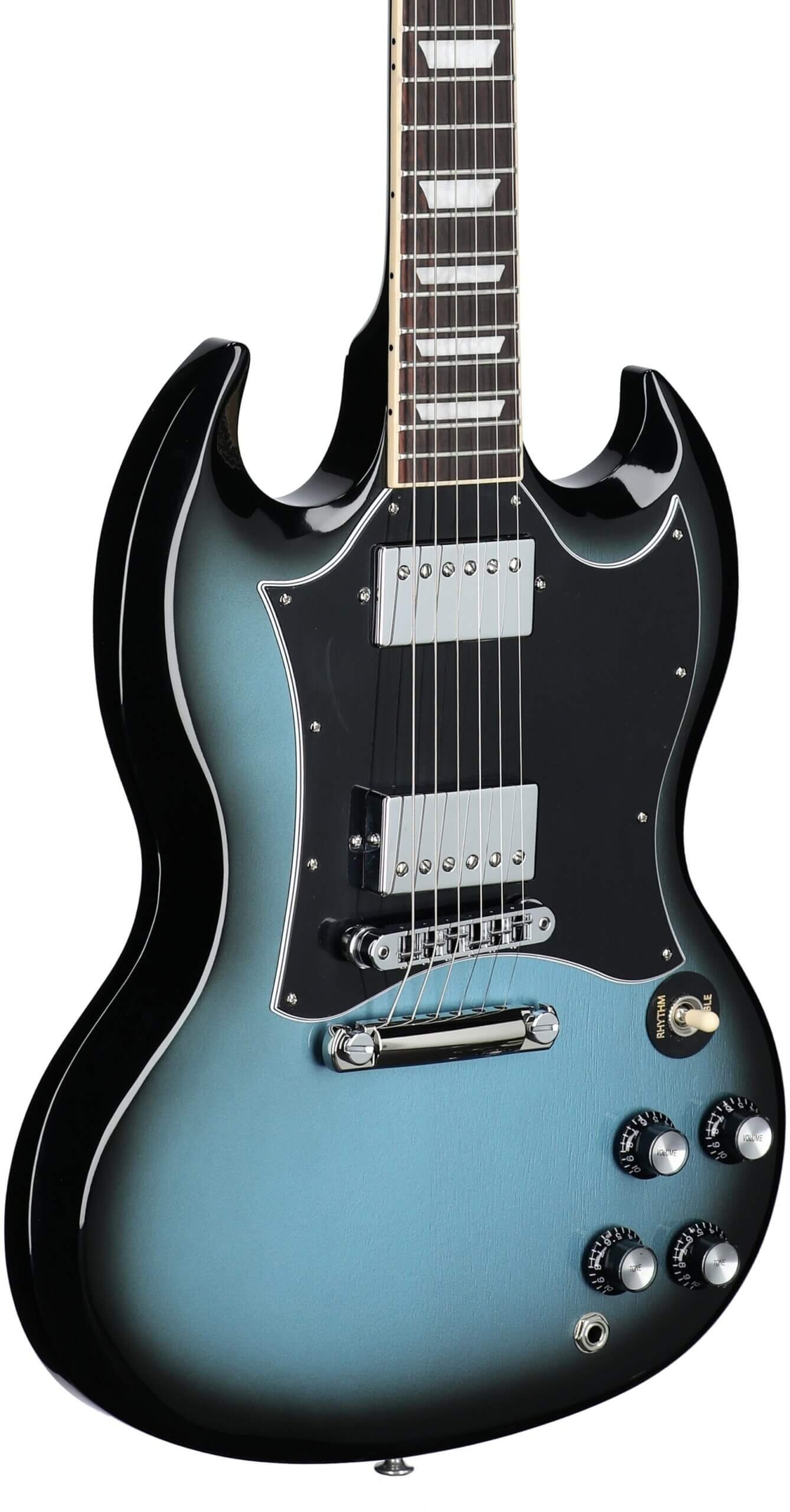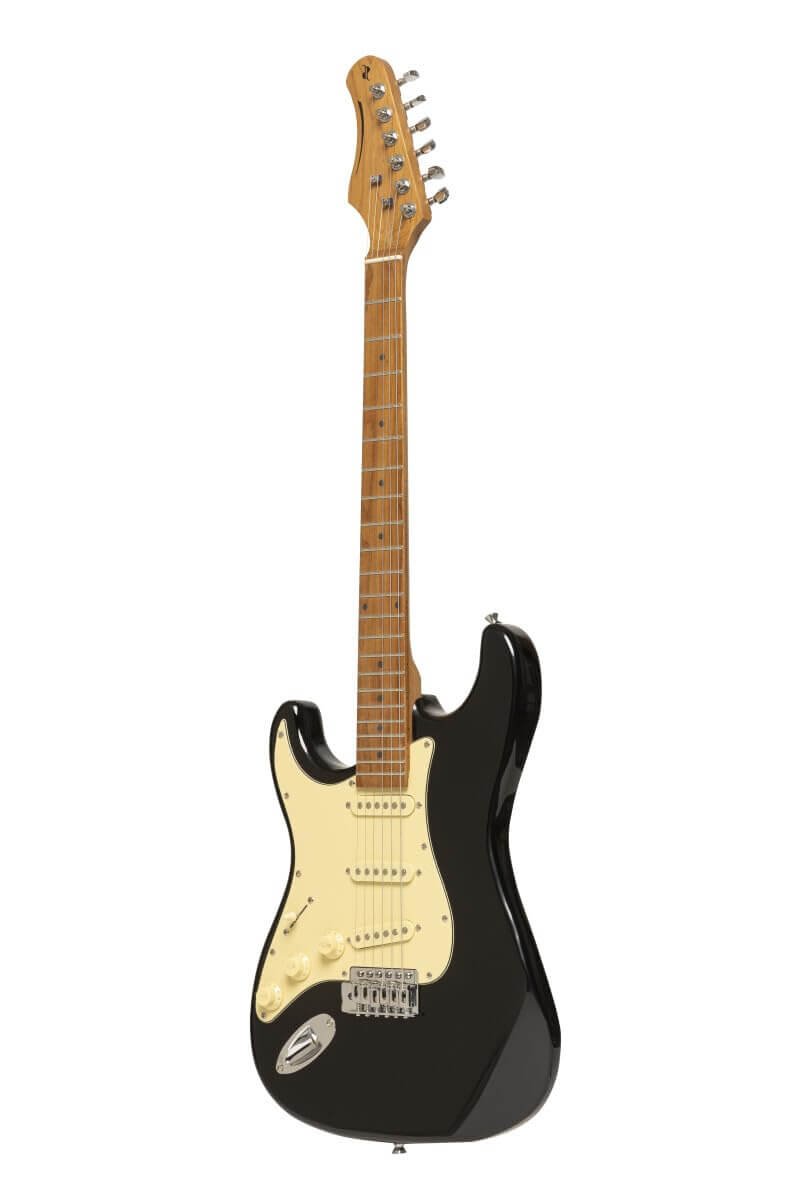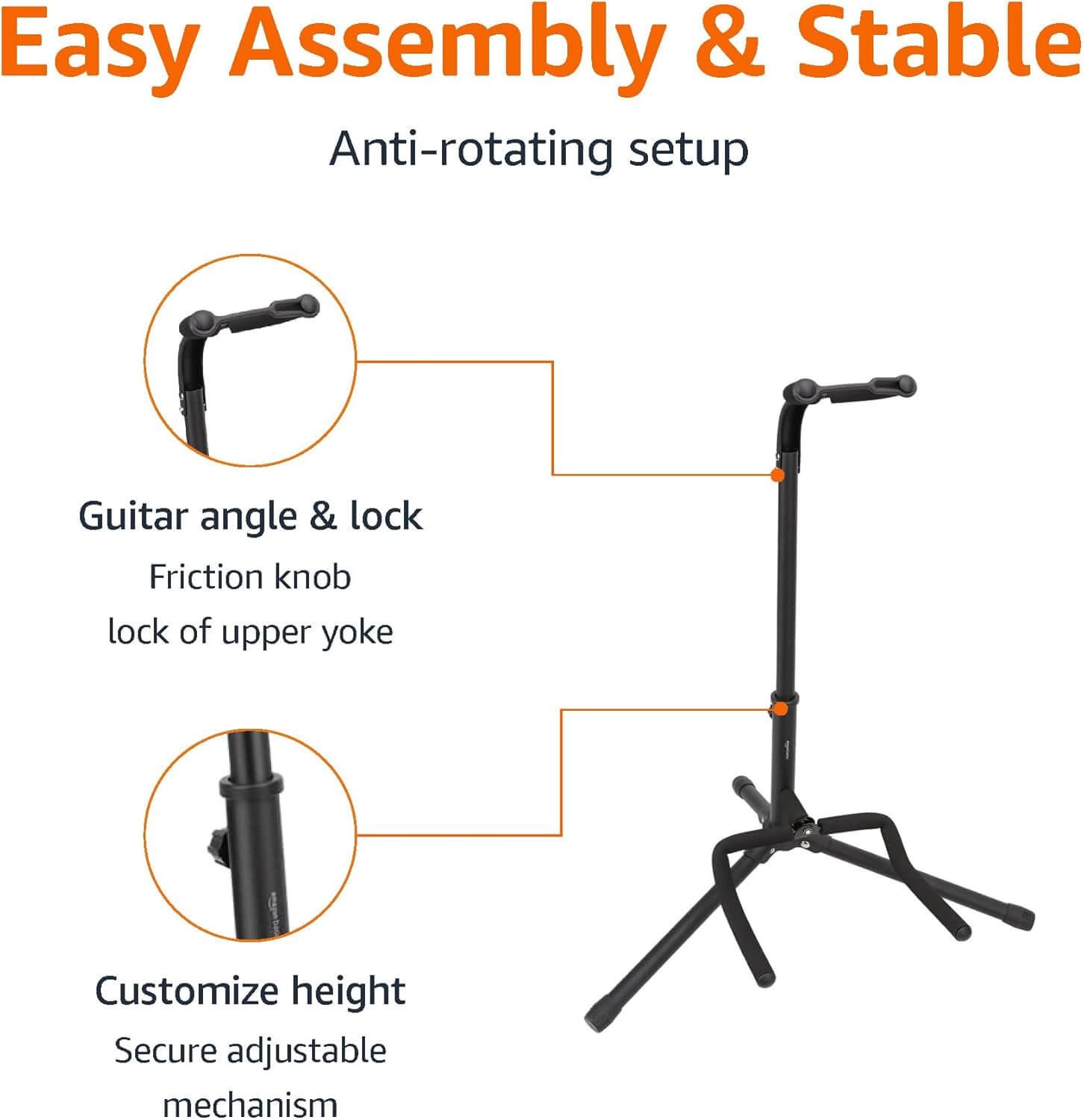Introduction to Wireless Guitar Systems
In recent years, the popularity of wireless guitar systems has grown significantly within the music industry. Musicians are increasingly seeking solutions that enhance their performance and allow for greater mobility. A 2.4GHz wireless guitar system stands out as a notable advancement in this realm, providing guitarists with the ability to move freely across the stage without the limitations imposed by traditional cables. This freedom is not merely about convenience; it also enhances performance by allowing artists to engage more dynamically with their audience.
Wireless systems function through radio frequencies, sending the audio signal from the guitar to the amplifier or audio interface without physical connections. The 2.4GHz wireless guitar system operates effectively in this space, offering stability and sound clarity. It does so by utilizing a frequency band that is generally less congested than others, minimizing the risk of interference from other devices. As a result, musicians can maintain the high-quality sound they expect while enjoying the flexibility to move around the stage or venue.
Moreover, the advancement of technology in wireless guitar systems has led to more compact and user-friendly designs. Many systems now feature quick setup processes, robust connectivity options, and enhanced battery life, making them accessible for musicians in diverse settings—from small gigs to large concerts. The embrace of wireless technology is transforming how guitarists perform, allowing them to focus on expression rather than the constraints imposed by cables. As the market continues to evolve, more musicians are likely to consider integrating a 2.4GHz wireless guitar system into their performances, highlighting the importance of mobility and sound quality in modern music-making.
Benefits of 2.4GHz Frequency
The 2.4GHz wireless guitar system offers several advantages that make it a preferred choice for both amateur and professional musicians. One of the primary benefits is its low latency, which is crucial for live performances. Latency refers to the delay between the moment a musician plays a note and when it is heard through the amplifier. A 2.4GHz system typically provides a faster response time compared to other wireless frequencies, ensuring that musicians can perform without the distraction of noticeable delays in sound transmission.
Another significant advantage is the signal stability offered by a 2.4GHz wireless guitar system. This frequency range is commonly used in various wireless devices, which leads to a robust and well-established communication protocol. As a result, musicians can experience consistent sound quality during their performances, minimizing the risk of dropouts or weak signals, which can be detrimental in a live setting. The stability of the 2.4GHz frequency contributes to a seamless performance experience.
Additionally, the 2.4GHz frequency is less prone to interference from physical obstacles and other electronic devices. While there may be other wireless options available, such as 5.8GHz, these can often lead to increased congestion, especially in environments with multiple wireless systems in use. A 2.4GHz wireless guitar system generally experiences less disruption, making it a reliable choice for musicians playing in venues that may have a high concentration of wireless technology.
By utilizing the 2.4GHz frequency, guitarists and bass players can enjoy a combination of lower latency, better signal stability, and reduced interference. This frequency not only enhances the quality of their performance but also ensures a worry-free experience in diverse settings, making it an optimal choice for electric guitar and bass players alike.
Rechargeable Lithium Battery Advantages
The use of a rechargeable lithium battery in a 2.4GHz wireless guitar system offers a multitude of advantages that enhance both performance and user convenience. One of the most significant benefits is longevity. Lithium batteries are designed to withstand multiple charge cycles without a significant loss in performance. This means musicians can enjoy lengthy playing sessions without the fear of their device dying unexpectedly. Compared to traditional disposable batteries, which require frequent replacements and can interrupt a performance, a rechargeable battery provides peace of mind by maintaining consistent power levels.
Moreover, the built-in rechargeable lithium battery significantly reduces the need for disposable batteries. This reduction not only saves money in the long run but also supports environmentally conscious practices. By choosing a wireless guitar system that employs a rechargeable battery, musicians contribute less to battery waste, aligning with the growing emphasis on sustainability in today’s music industry. Disposable batteries contribute to pollution and environmental damage; therefore, adopting a rechargeable option represents a step toward reducing ecological footprints.
In addition to environmental and cost-saving factors, rechargeable lithium batteries tend to provide stable and reliable performance. Unlike alkaline batteries, which may exhibit voltage drops as they deplete, lithium batteries maintain a consistent output, ensuring that sound quality remains unaffected during extended performances. Thus, musicians can focus on their craft, confident that their instruments will deliver pristine audio quality throughout their set.
Ultimately, the integration of a rechargeable lithium battery into a 2.4GHz wireless guitar system not only enhances user experience by ensuring reliable power but also fosters an eco-friendly approach to music performance. This combination of benefits makes it a valuable feature for today’s guitarists.
Design and Durability Features
The design and durability of a 2.4GHz wireless guitar system play a paramount role in its overall performance and user experience. First and foremost, a robust build quality is essential, particularly for musicians who rely on their equipment during both practice sessions and live performances. These systems are often engineered with durable materials that can withstand the rigors of intense use, whether it be on stage or in a studio setting.
Portability is another critical aspect of the wireless guitar system’s design. Many modern models are lightweight and compact, allowing musicians to easily transport them from venue to venue or between practice locations. This convenience is invaluable for touring artists or those who frequently perform at various locations. Additionally, a wireless design eliminates the hassle of tangled cables, granting players the freedom of movement needed to fully engage with their performance.
User-friendly features also contribute to the effectiveness of a 2.4GHz wireless guitar system. Many systems come equipped with intuitive interfaces, allowing musicians to set up their gear quickly and efficiently. Control features such as easy-to-read LCD screens, one-touch pairing, and automatic frequency scanning simplify the wireless setup process, ensuring that users can focus more on their music rather than troubleshooting their equipment. These systems often also provide adjustable transmission ranges, catering to different venue sizes and performance styles.
Moreover, the durability and design of these systems are enhanced with moisture-resistant features, ensuring reliable performance even in challenging environments. This combination of quality construction, portability, and user-centric design makes a 2.4GHz wireless guitar system a preferred choice for guitarists seeking both reliability and ease of use in their musical endeavors.
How to Set Up Wireless Guitar Systems
Setting up a 2.4GHz wireless guitar system can seem daunting for beginners, but with a straightforward step-by-step guide, the process can be seamless. Start by unpacking your wireless guitar system, which typically includes a transmitter, a receiver, and power supply components.
The first step is to connect the receiver to your amplifier or audio interface. This is often done using a standard 1/4-inch instrument cable. Insert one end of the cable into the output jack of the receiver and the other into the input of your amplifier. Make sure both devices are powered off during this initial setup to avoid noise or electrical interference.
Next, it’s time to prepare the transmitter. Begin by plugging it into your guitar’s output jack. If your transmitter operates on batteries, ensure that they are properly installed before proceeding. Once both components are connected, power on your receiver first, followed by the transmitter. This sequence helps in establishing a stable connection.
Many wireless guitar systems feature a pairing process to ensure that the transmitter and receiver communicate effectively. Look for a pairing button on both the transmitter and receiver. Press and hold this button on both units until an LED indicator on either device confirms successful pairing. If your system does not have a specific pairing feature, it might automatically connect once powered on.
After pairing, it’s essential to test the setup. Strum your guitar and check for sound output from the amplifier. If you experience any signal issues or dropouts, ensure that both components are within an optimal range of each other, typically around 30-100 feet for a 2.4GHz wireless guitar system. Finally, familiarize yourself with any additional features, such as adjusting the channels or optimizing sound settings, to enhance your performance experience.
Compatibility with Electric Guitars and Basses
Wireless guitar systems have transformed the way musicians interact with their instruments, offering convenience and flexibility in performance. One prominent option is the 2.4GHz wireless guitar system, which boasts compatibility across a range of electric guitars and basses, making it an ideal choice for both amateur and professional players. This system operates within the 2.4GHz frequency band, providing a robust wireless connection that minimizes latency while delivering high-quality sound transmission.
Electric guitars, including well-known models such as the Fender Stratocaster and Gibson Les Paul, seamlessly integrate with this wireless technology. The 2.4GHz wireless guitar system connects easily to standard quarter-inch jacks, allowing musicians to maintain their instrument’s tonal integrity without the constraints of a cable. Many modern electric guitars are designed with quick disconnect features or built-in active pickups, ensuring compatibility with wireless systems while preserving sound quality.
Similarly, bass guitars also benefit from this type of wireless technology. Instruments such as the Fender Precision Bass and Music Man StingRay can leverage the capabilities of a 2.4GHz wireless guitar system. The system’s design accommodates the lower frequencies produced by bass guitars, delivering clear performance without distortion or signal drops. This versatility not only enhances performance for solo acts but also allows for seamless integration within a full-band setup.
Moreover, various adapters and connectors can further extend compatibility for unique guitar models and setups, ensuring that users can find a solution that meets their specific needs. Ultimately, the 2.4GHz wireless guitar system represents a flexible choice for musicians wanting to enhance their setup, accommodating a wide variety of electric guitars and basses with ease. This enables performers to move freely on stage or in studio environments, fostering creativity and expression through their music.
Performance Reviews from Musicians
Musicians have long sought solutions that enhance their performance while ensuring the freedom to move about on stage. The advent of the 2.4GHz wireless guitar system has significantly transformed how artists approach live performances. A growing number of musicians have shared their experiences, citing the reliability and sound quality of these systems as key benefits. Many have reported that the performance consistency is excellent, with minimal dropouts even in venues where interference was anticipated.
One guitarist highlighted his satisfaction with the wireless system during a recent tour, describing it as “a game changer.” He noted that the 2.4GHz wireless guitar system allowed him to roam freely without the burden of cables, which not only improved his stage presence but also enhanced his interaction with the audience. His review emphasized how this freedom contributes to an overall better show experience, both for the performer and the audience.
Another musician praised the sound quality of the system, stating that it delivered clear, crisp audio without noticeable latency. In her performance, she was impressed by the system’s ability to maintain the essence of her guitar’s tone, mirroring the quality of a wired connection. This feedback has underscored the importance of preserving sound fidelity in a wireless setup.
Overall, the reviews reflect a high level of satisfaction among musicians who have adopted the 2.4GHz wireless guitar system. The wireless functionality, combined with dependable performance and sound quality, positions it as an appealing option for both amateur and professional guitarists. As more artists incorporate these systems into their setups, they affirm the technology’s contribution to enhancing live music experiences, making it a worthwhile investment for potential buyers.
Buying Guide: What to Look For
When considering the purchase of a 2.4GHz wireless guitar system, several key factors should be taken into account to ensure you make an informed decision. Understanding these elements can greatly impact your overall satisfaction with the product.
Firstly, price is often a major consideration for many guitarists. Wireless guitar systems are available at various price points, each offering different features and performance levels. While it may be tempting to opt for a lower-priced option, it is crucial to evaluate whether the system meets your specific needs in terms of sound quality, range, and reliability. Investing a bit more in a reputable system can save you from future disappointments.
Brand reputation plays a significant role in the performance of a 2.4GHz wireless guitar system. Established brands often have proven track records, innovative technology, and reliable customer support. Researching reviews and testimonials from other users can provide insight into the performance and longevity of a brand’s offerings. A well-regarded brand is more likely to offer a product that not only performs well but also retains its value over time.
Equally important is the warranty and customer service provided by the manufacturer. A good warranty can provide peace of mind, indicating that the company stands behind their product. Additionally, responsive customer service can be invaluable should you encounter any issues with your system. Look for reviews that mention the level of support provided in case of technical difficulties or product failures.
Ultimately, determining the right 2.4GHz wireless guitar system for your needs involves balancing these factors: price, brand reputation, warranty, and customer service. Taking the time to evaluate your options thoroughly will ensure you are equipped with a system that enhances your playing experience and supports your musical journey.
Conclusion: Make the Upgrade Today
In the evolving landscape of musical technology, upgrading to a 2.4GHz wireless guitar system represents a significant advancement for musicians seeking enhanced performance and freedom. The transition from traditional wired systems to a wireless configuration not only alleviates the physical constraints of cables but also contributes to a more seamless playing experience. This freedom allows for greater movement on stage or in a studio setting, where musicians can connect with their audience and explore their creativity without the encumbrance of cords.
Moreover, a 2.4GHz wireless guitar system typically offers improved audio quality and a wider range. The advancements in wireless technology have led to more reliable signals, minimizing dropouts and ensuring that every note is transmitted with clarity. As a result, musicians can enjoy a richness in sound that may be compromised with cheaper or outdated systems. Investing in such equipment should also be seen as an investment in one’s craft, elevating performances and enhancing overall sound quality, whether for live shows or recording sessions.
Beyond just sound quality and mobility, these systems are user-friendly and easy to set up. Most modern wireless guitar systems are designed to be intuitive, making the transition smooth for even the most technically averse musicians. The durability and long battery life of these systems further emphasize their suitability for consistent use, providing peace of mind while performing or practicing.
Considering the multiple advantages, musicians at all levels should reflect on the transformative potential that a wireless guitar system can provide. By incorporating this technology into their rig, they not only enhance their personal performance but also broaden their creative horizons. Now is the time to embrace this upgrade and invest in a wireless solution that aligns with the demands of modern music-making.

